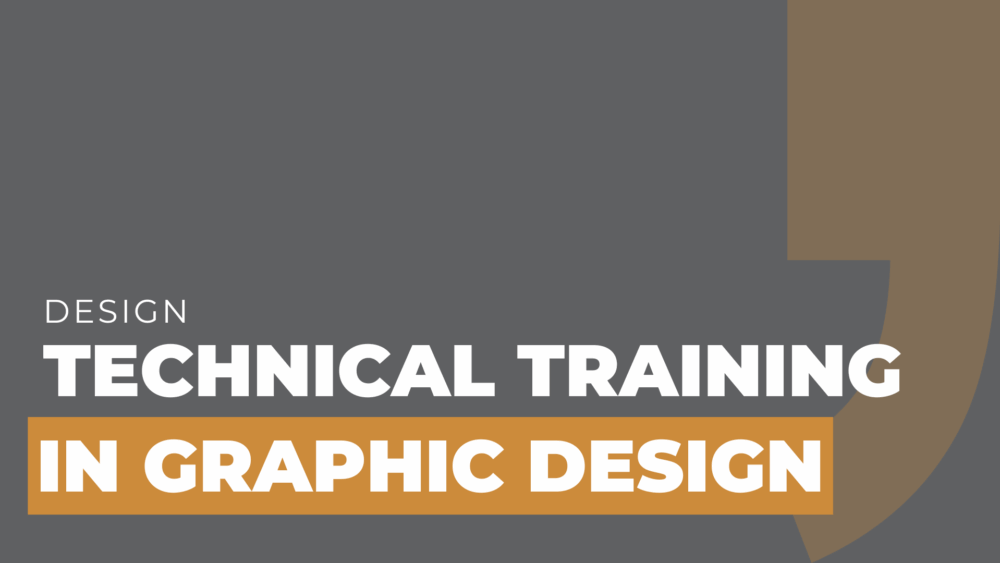Do you need technical training in graphic design?
Yes!
Some of the basic graphic design job requirements include:
- proficiency in design software,
- understanding client needs, and
- working with diverse creative projects.
It’s more than just learning design software; it’s about gaining the skills that set you apart.
Through hands-on projects, you’ll gain the experience needed as a graphic designer to confidently start building a career that fits your vision.
What Software Skills Are Essential for Graphic Designers?
When it comes to software, the Adobe Creative Suite is like the hammer and nails for a carpenter; it’s foundational.
Programs like Photoshop, Illustrator, and InDesign give you the ability to create anything from a simple logo to complex website designs.
Technical training programs will walk you through how to use these tools, helping you understand the best practices and shortcuts that save time while producing professional-quality work.
Think of it this way: if you’re trying to paint a masterpiece, you wouldn’t just pick up any brush.
You’d use the right tool to bring your vision to life.
Learning this software does exactly that.
It lets you create with precision and creativity.
How Can Technical Training Build Your Portfolio?
A strong portfolio can significantly boost your chances of landing a graphic design job.
It’s more than just a collection of your work; it’s the story of what you can do.
During your technical training, you’ll complete projects that mimic real-world challenges, like designing branding for a company or crafting an engaging website layout.
These projects not only highlight your creativity but also demonstrate your ability to handle graphic designer job responsibilities, such as meeting client needs and working within deadlines.
It’s like putting together a puzzle.
Each project is a piece that helps you complete the bigger picture of your capabilities.
Plus, working on these projects under the guidance of professionals gives you valuable feedback, helping you improve along the way.
What Experience Is Needed to Become a Graphic Designer?
Experience is everything in graphic design.
While technical training gives you the foundation, internships, freelance projects, and personal work help you build real-world experience.
Many successful designers start small, whether that’s taking on a local project or working part-time while studying.
Over time, this experience not only builds your skills but also gives you the confidence to take on bigger challenges.
By the time you’ve completed your technical training, your portfolio should show off your capabilities, and that’s what employers will focus on.
Your portfolio is proof that you can handle the responsibilities of a graphic designer and meet the demands of the job.
At the End of the Day
Technical training in graphic design lays the groundwork for a career that’s full of opportunity.
With the right skills, software knowledge, and hands-on experience, you’ll be ready to dive into the creative industry.
Whether you’re designing a logo for a new restaurant or creating a cutting-edge website, technical training will give you the tools to succeed.
And while the tools are important, it’s your vision and creativity that will take you far.


Comments are closed.